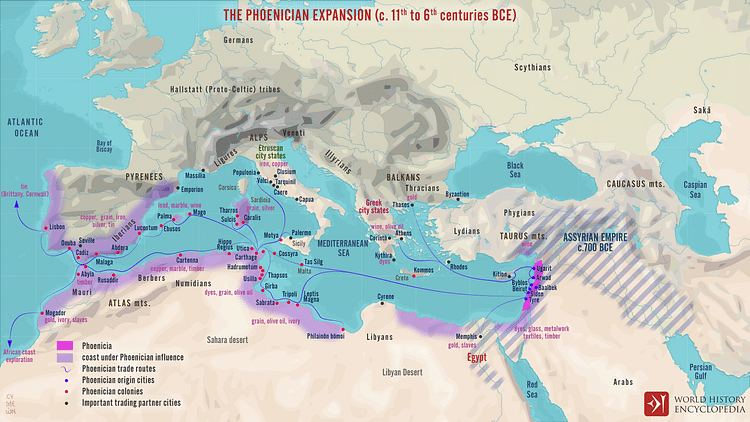This lesson plan has two parts. During the first part, students will watch a video introducing the Phoenicians and answer the questions on Worksheet #1. In the second part, students will participate in a trading simulation activity which will end in a discussion period about the cultural impact of Phoenician maritime trade.
Students will be able to answer the following questions:
- How did the geographical location of Phoenician cities contribute to their success in maritime trade?
- What were the key goods traded by the Phoenicians, and how did these exchanges impact both Phoenician society and the civilizations they traded with?
- In what ways did Phoenician maritime trade contribute to the spread of culture throughout the Mediterranean?
Includes teacher instructions, worksheets and answer keys.

